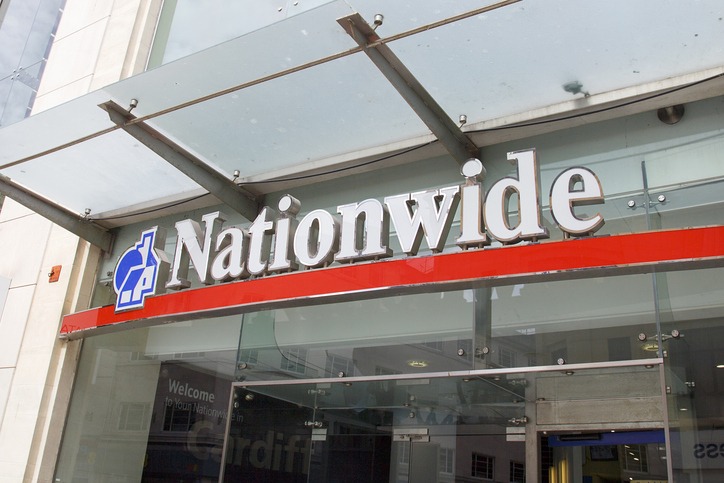The Rise of the Merchant Cash Advance Bank Loans to SMEs is Declining
Oxford Economics recently published research titled “the big business of small business”, which states bank lending to SMEs has fallen 3% since 2015. This is in the face of a rise in credit provisions to large companies of 43%. The report states that SMEs are being given the ‘cold shoulder’ resulting in an impact on recovery against small businesses.
Sam Moore, Managing Director of Oxford Economics, says the findings of the research offer a “stark reminder” of “the uphill challenges which small businesses face when dealing with the traditional banking sector”. Although SMEs are responsible for half of all employment in industrialised countries and 50-60% of GDP, the focus of banks is still on loaning primarily to larger firms. A primary factor for this is the “lingering effect” of the financial crisis ten years ago, with the impact it had on the small business lending market still being prominent today.
Why is the merchant cash advance rising in popularity?
The way consumers access their money and choose financial products has changed drastically due to technology continuing to advance at an incredibly fast pace. Oxford Economics state that it is estimated a third of all digital consumers now use a form of FinTech (Financial technology). This ranges from apps which allow you to take a loan out, online banking or invest in stocks and shares, among other things.
Small businesses, due to the poor treatment they are receiving from banks, are also beginning to get on board with FinTech. As the financial services landscape changes due to a number of innovations within the sector, the reliance on traditional banks has fallen substantially in favour of a FinTech solution.
How does a merchant cash advance work?
A merchant cash advance - or MCA - is a form of alternative business finance for small firms and sole traders. Whereas traditional bank loans require borrowers to pay back a set amount of funds on set dates over time, a merchant cash advance – also known as a business cash advance – works on a rather different basis, with the amount repaid at any one time proportional to turnover. That’s because it’s a form of finance based on a company’s credit or debit card transactions.
Given the difficulty of obtaining a traditional bank loan for many businesses, it’s understandable that a great number turn to this innovative source of finance.
What advantages are there to a merchant cash advance?
There are many advantages to a merchant cash advance. For instance, during busier periods when a business is making more money, more of the MCA will automatically be paid back, compared to leaner times when it won’t pay so much. With an MCA, there’s also no need to worry about keeping a certain amount of money to one side to pay on a set date - it really is a flexible, scalable and manageable form of business finance
With high approval rates, approvals within as little as 24 hours, zero APR, no fixed term, no other hidden charges and no need to provide security or a business plan, merchant cash advances are becoming an ever-more invaluable part of many firms’ cash-flow management.
An MCA also frees you up to use another type of finance alongside it, such as a bank loan or equipment lease, in the knowledge that the MCA won’t imperil your entire financial future in the way that other loans can if you are unable to keep up with the repayments.
Given such wide-ranging advantages as the above, it’s no surprise that so many firms that may otherwise struggle to obtain finance – especially those in the leisure sector, such as bars, restaurants, clubs and shops – are increasingly deciding to use their future credit card receipts as a means of securing quick funding through an MCA.













